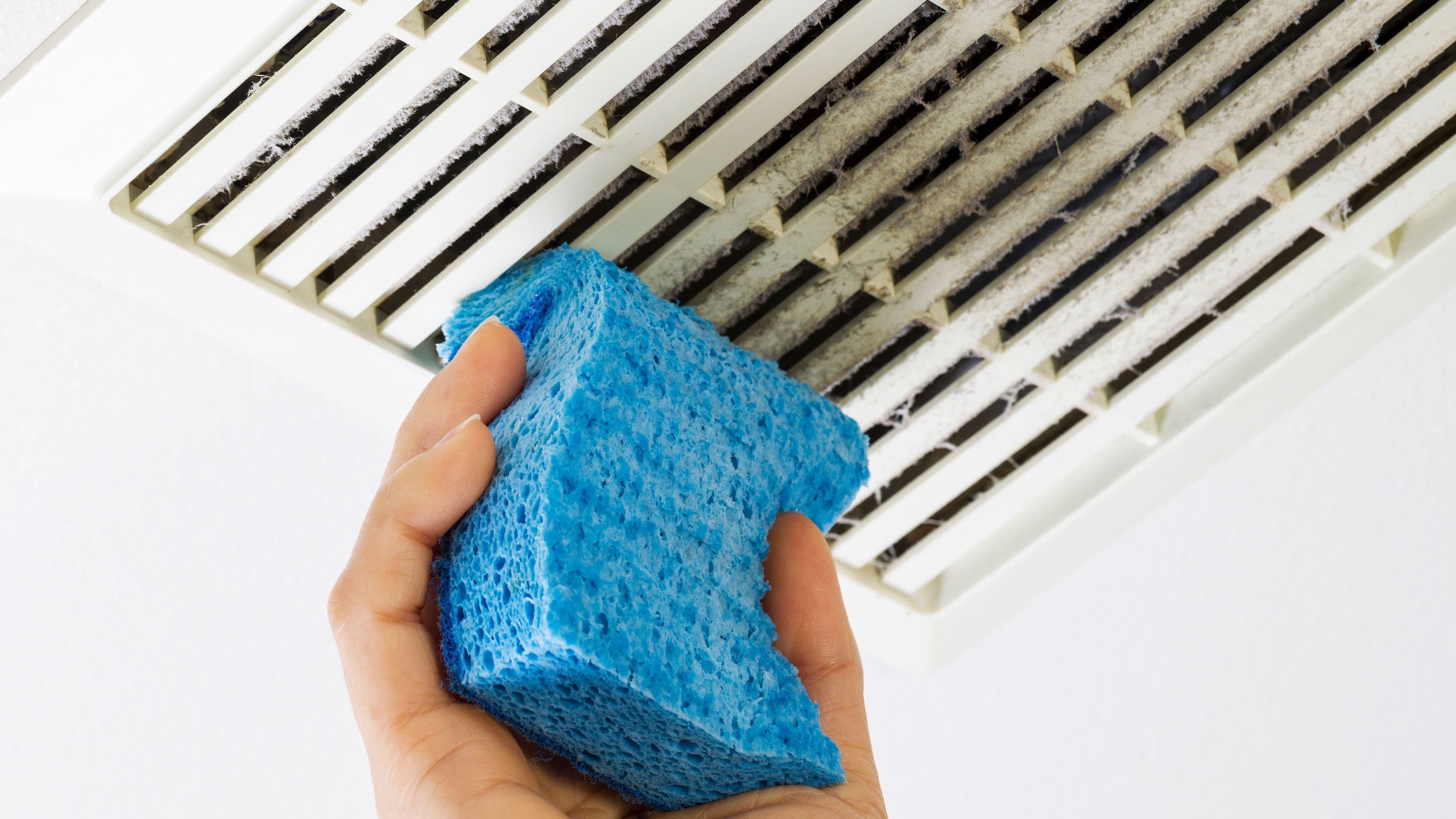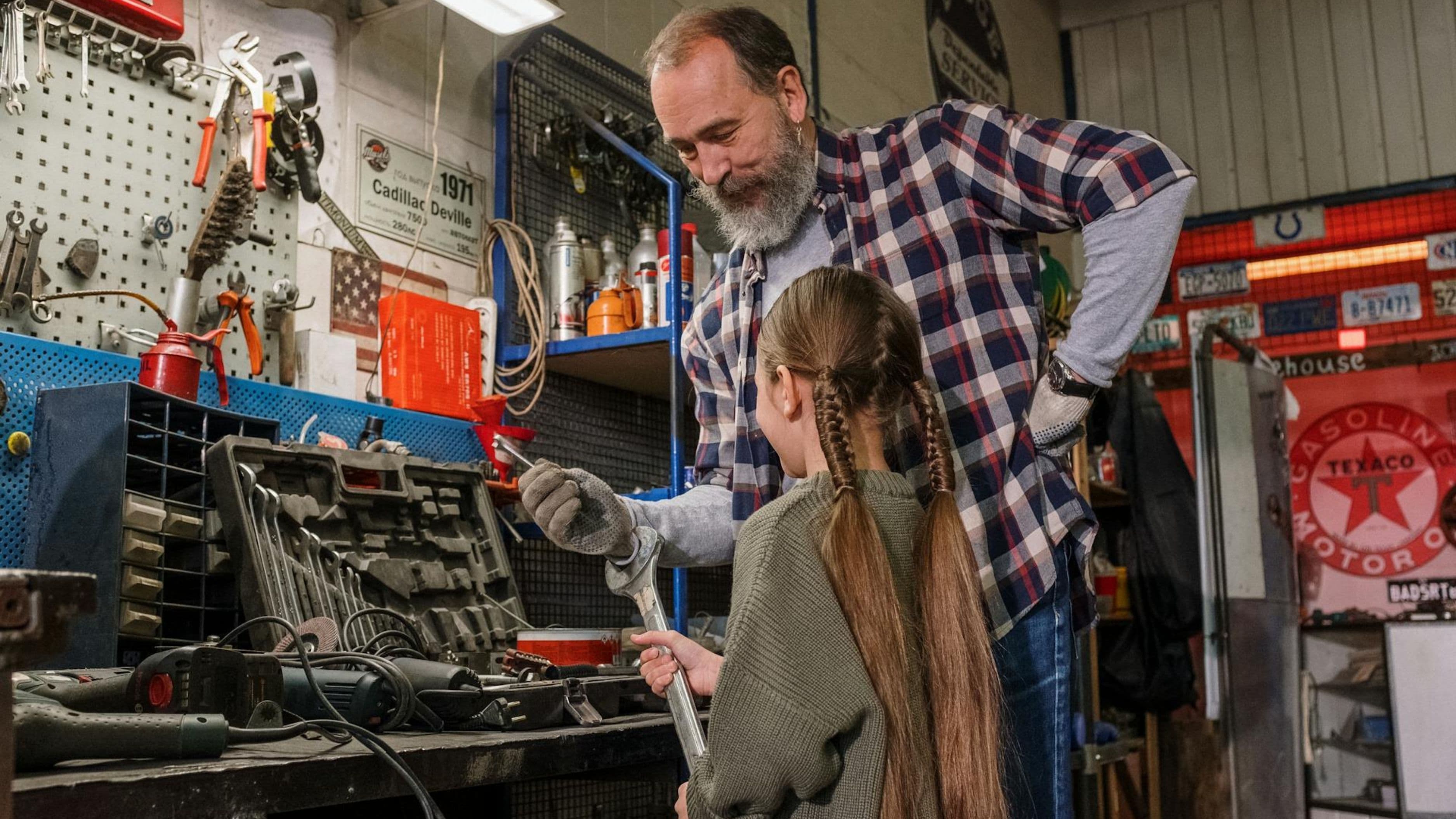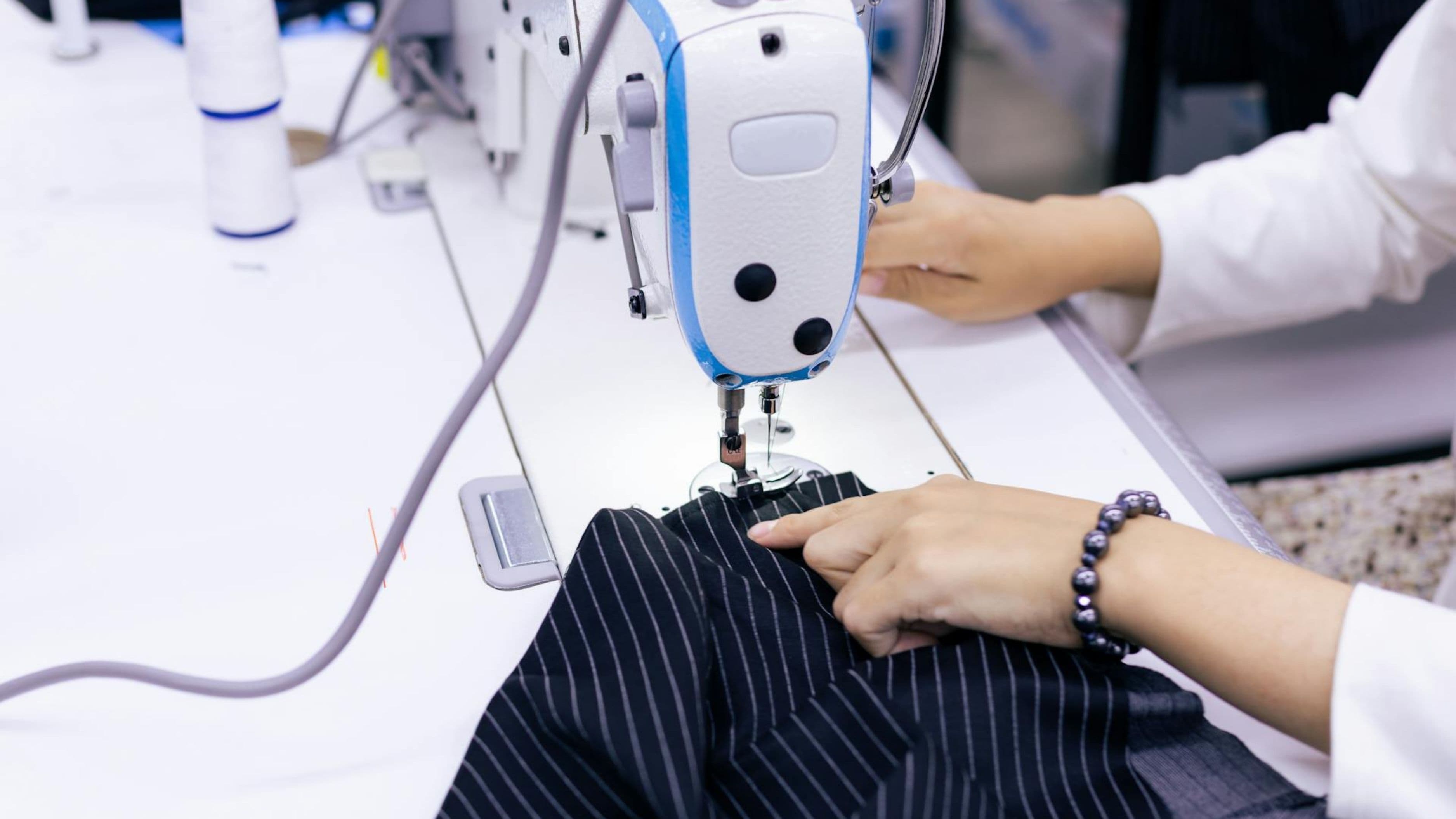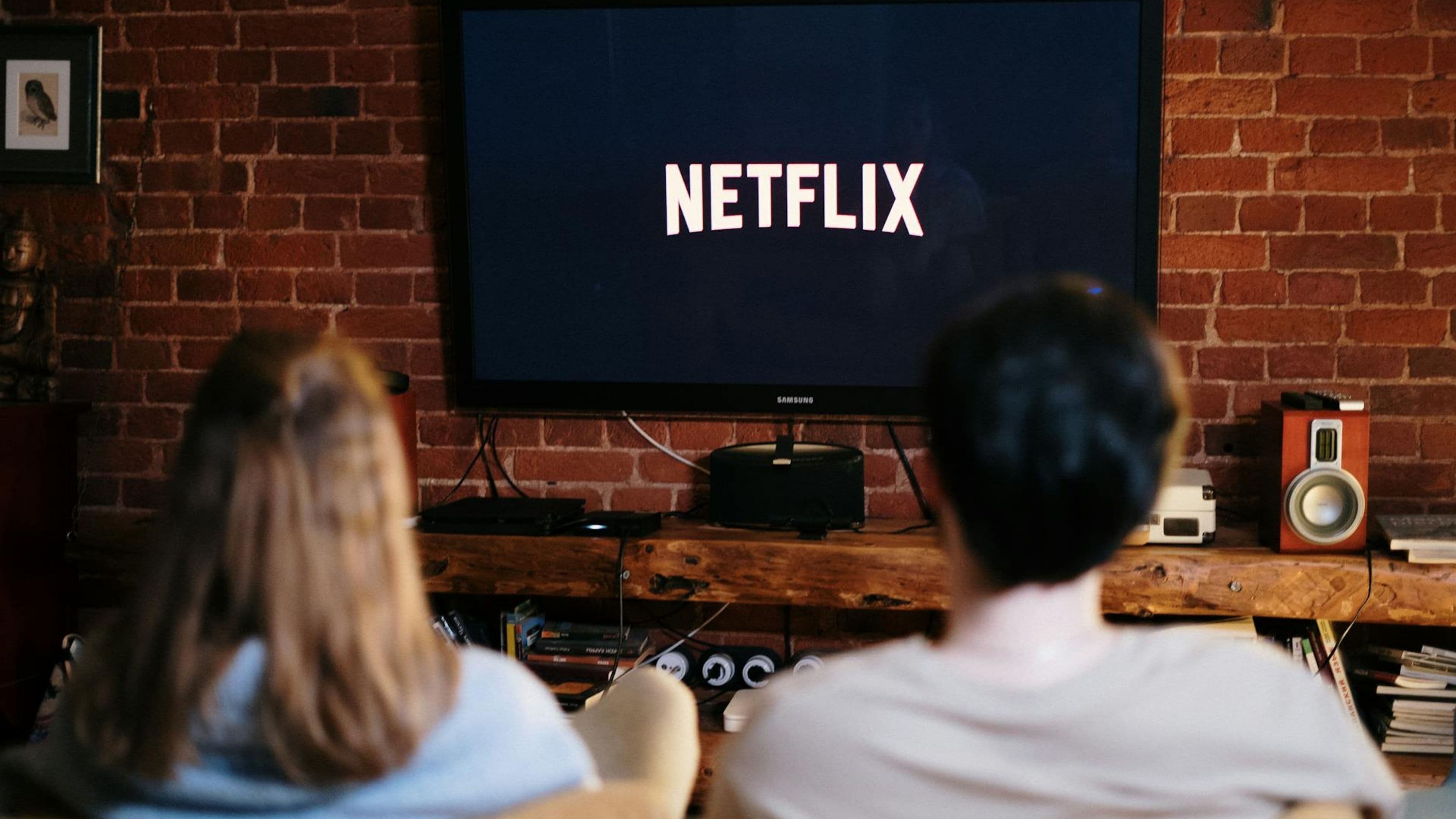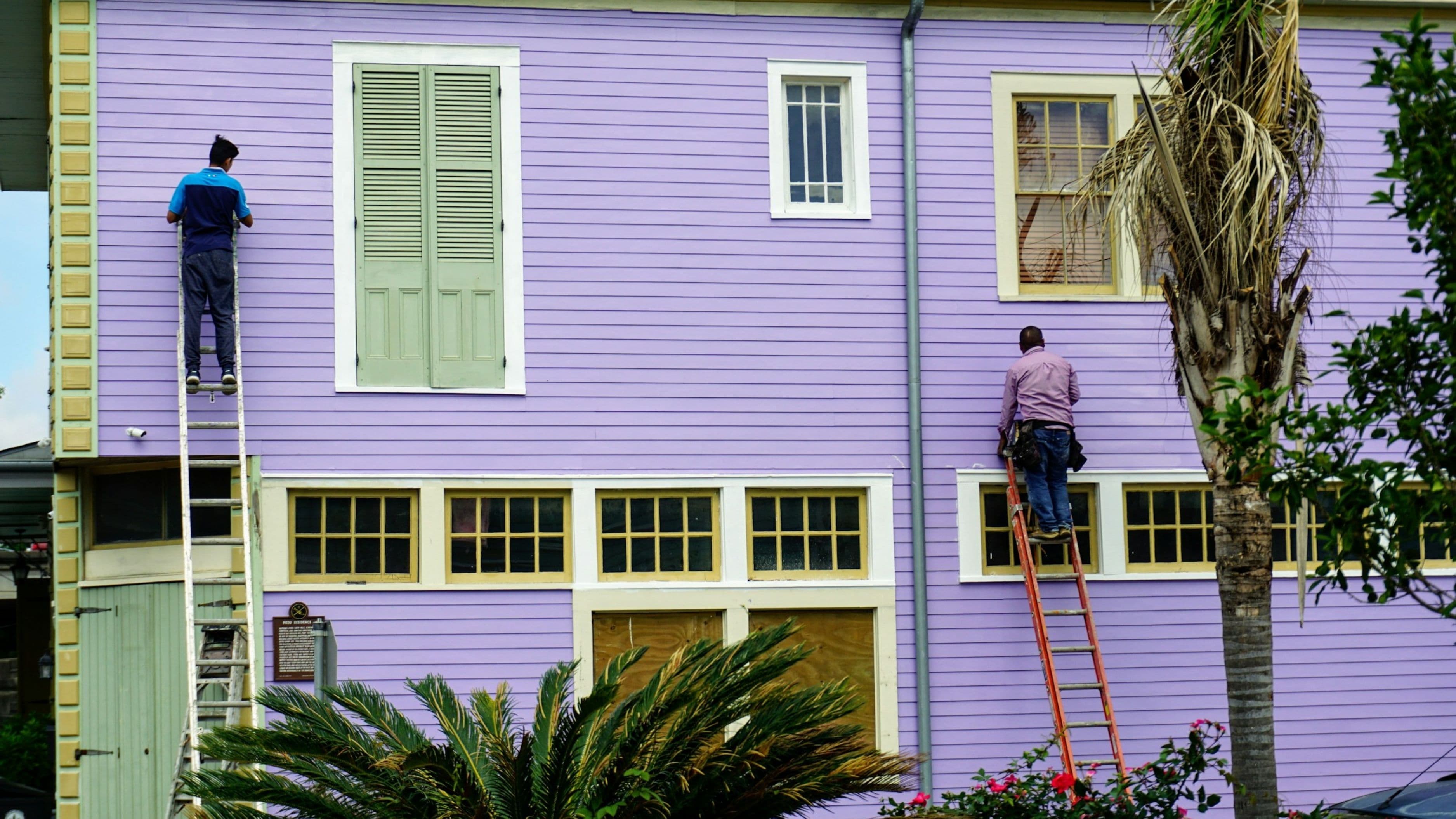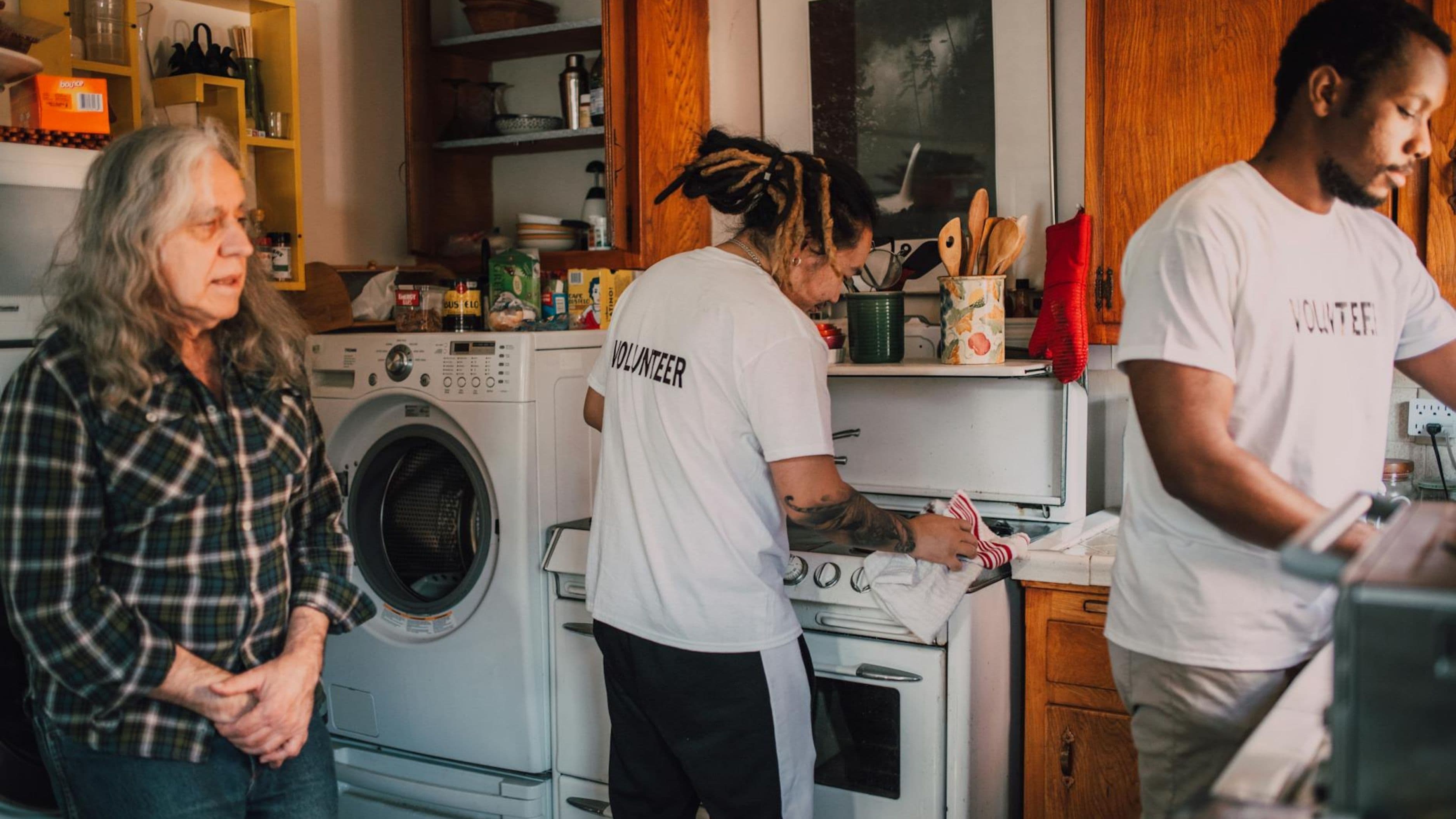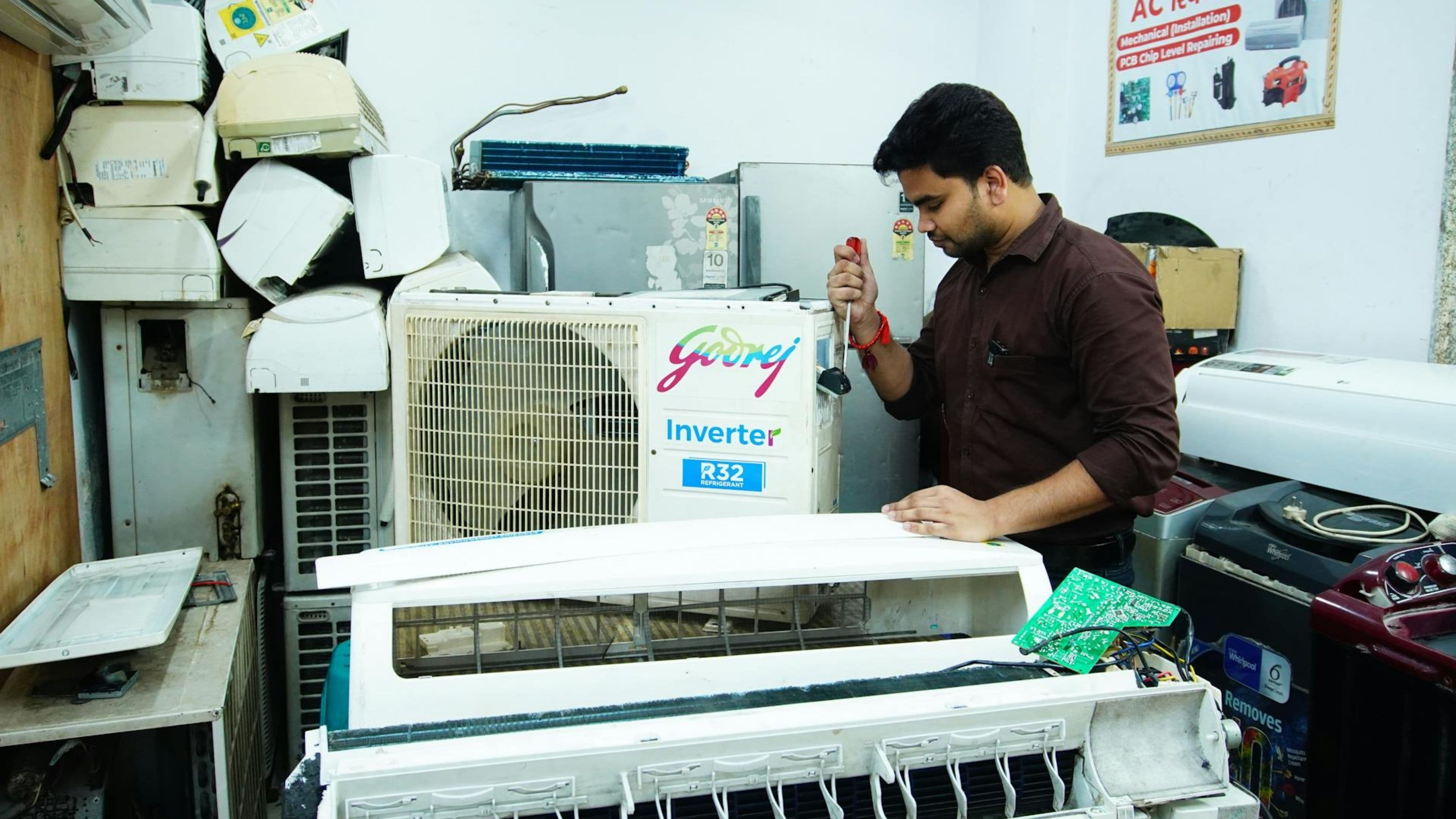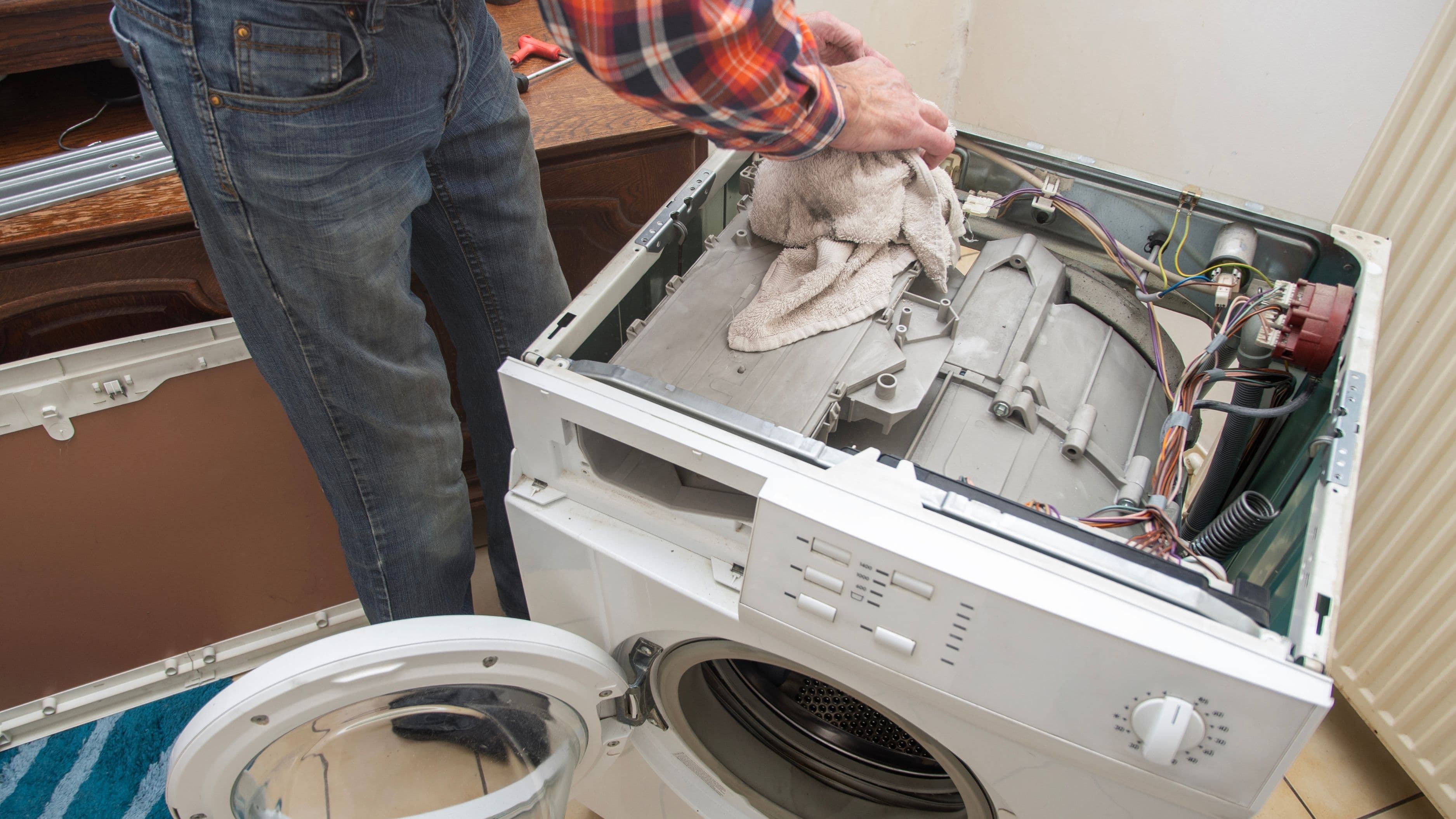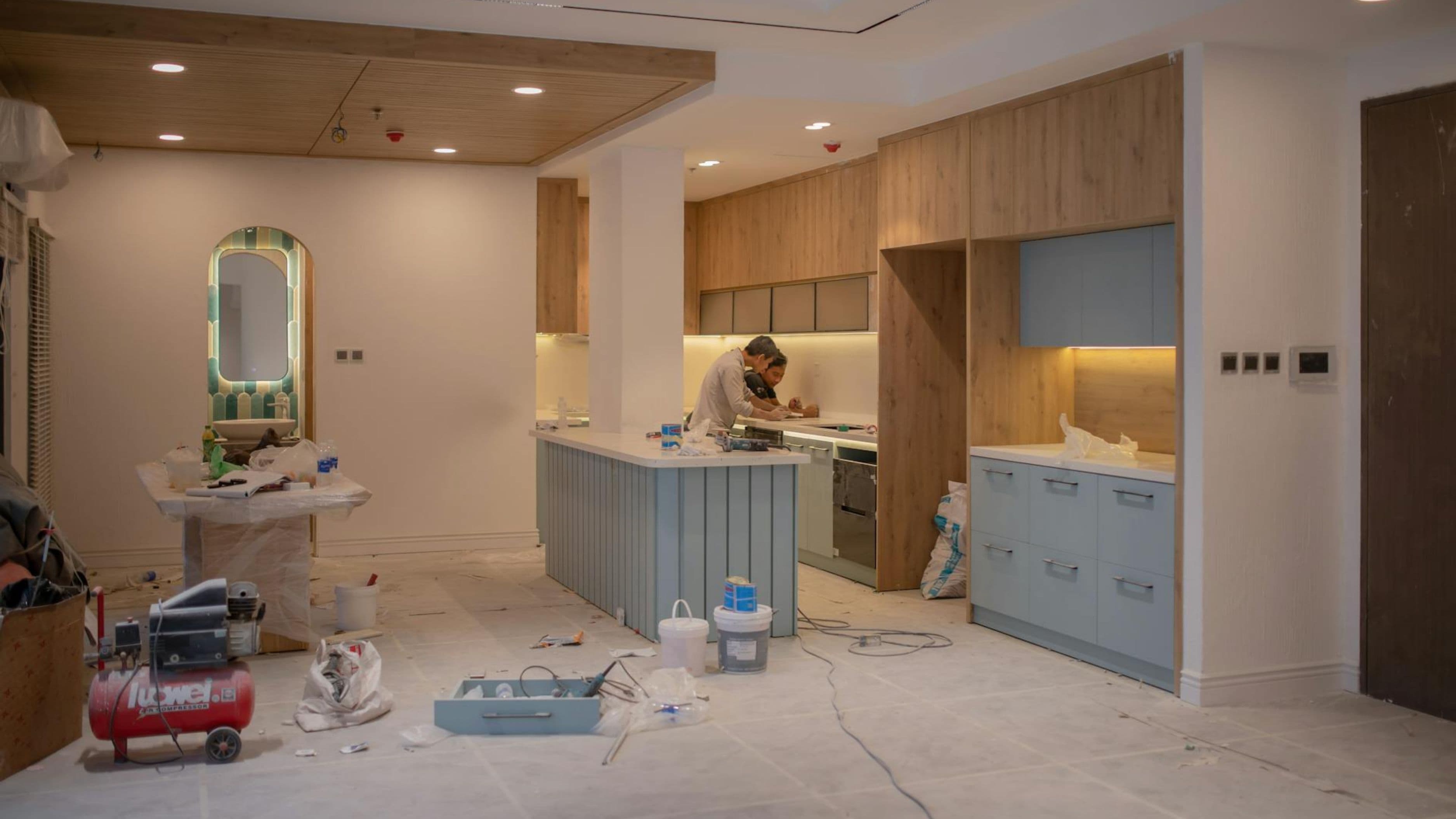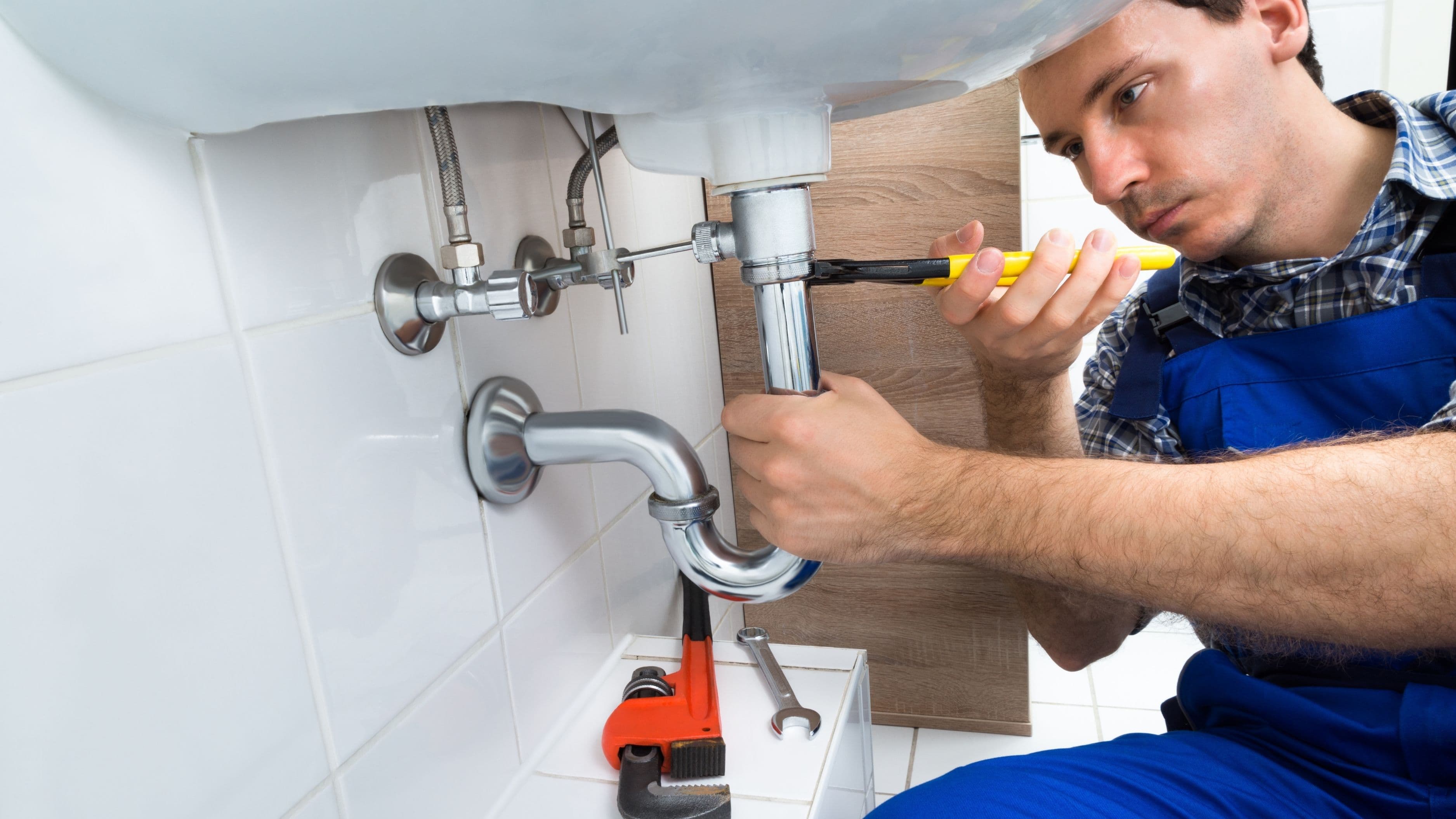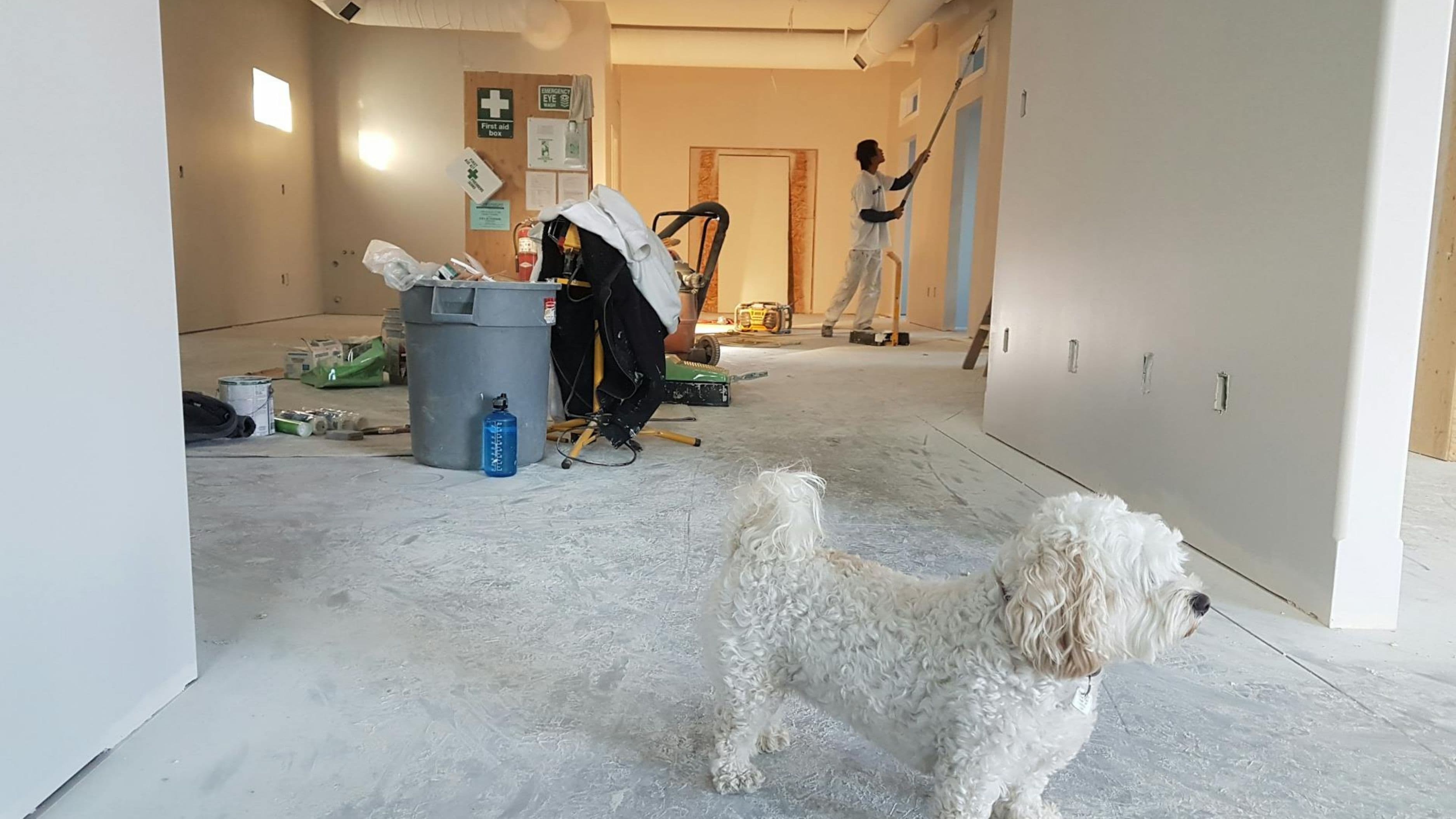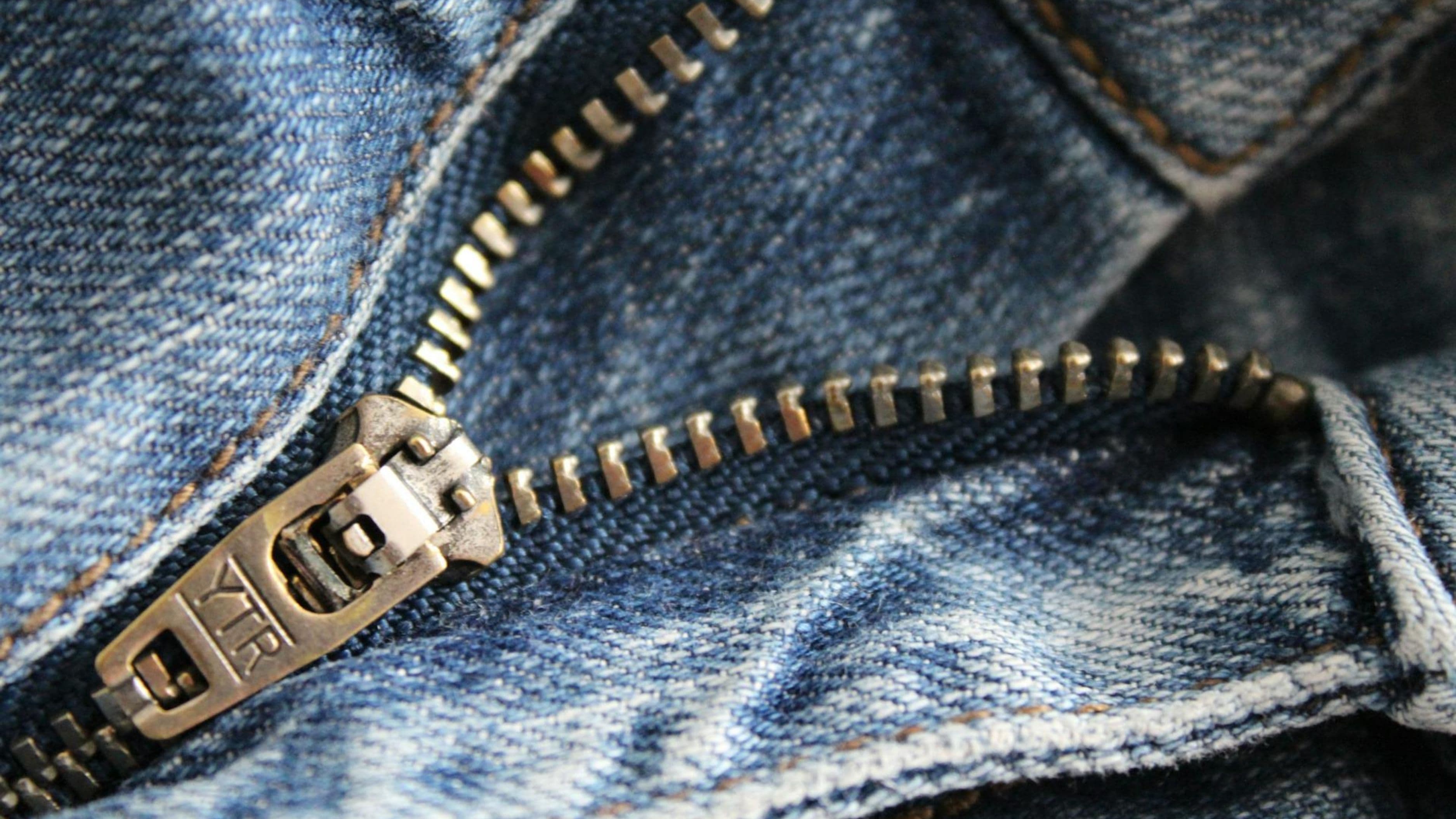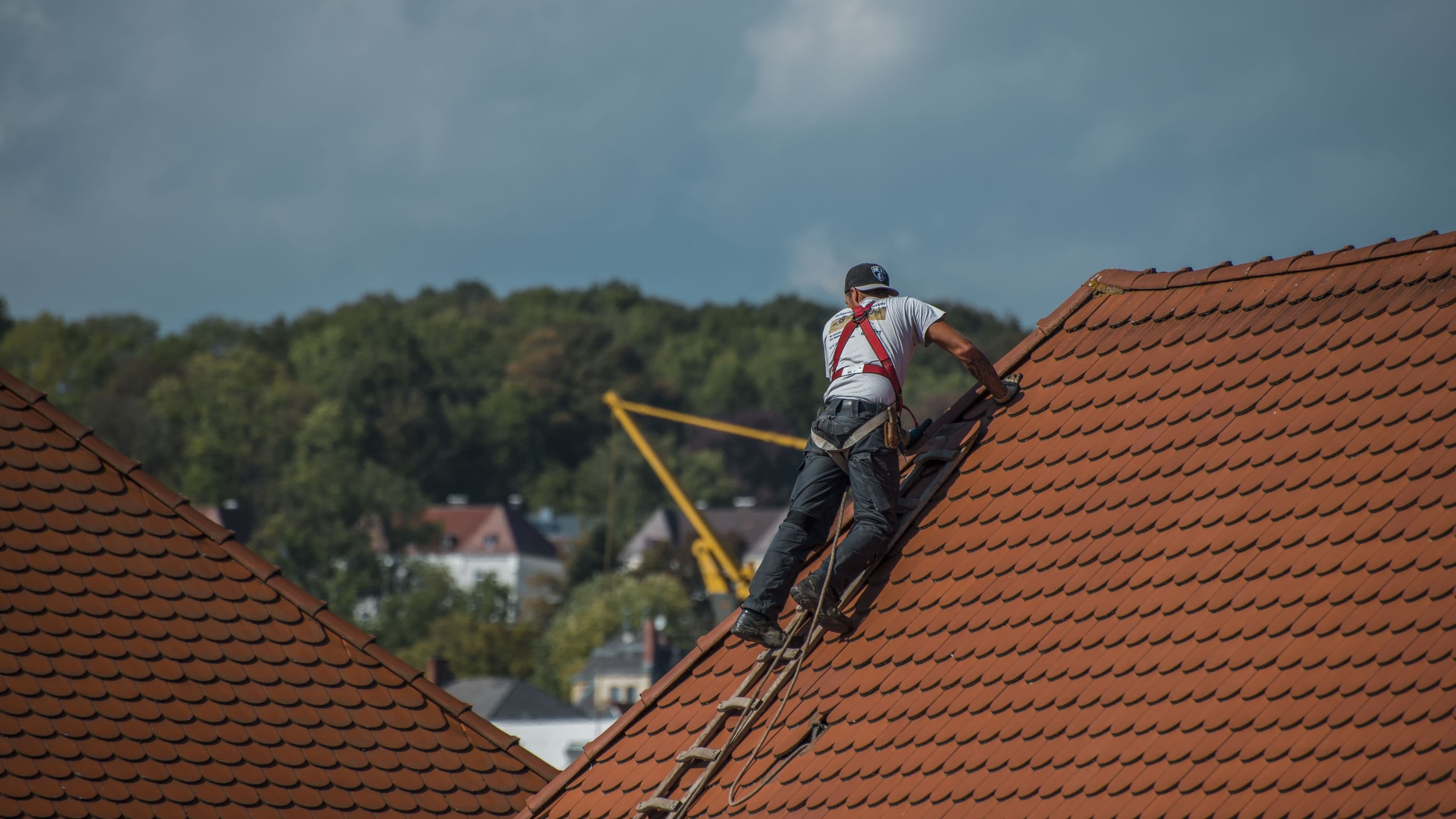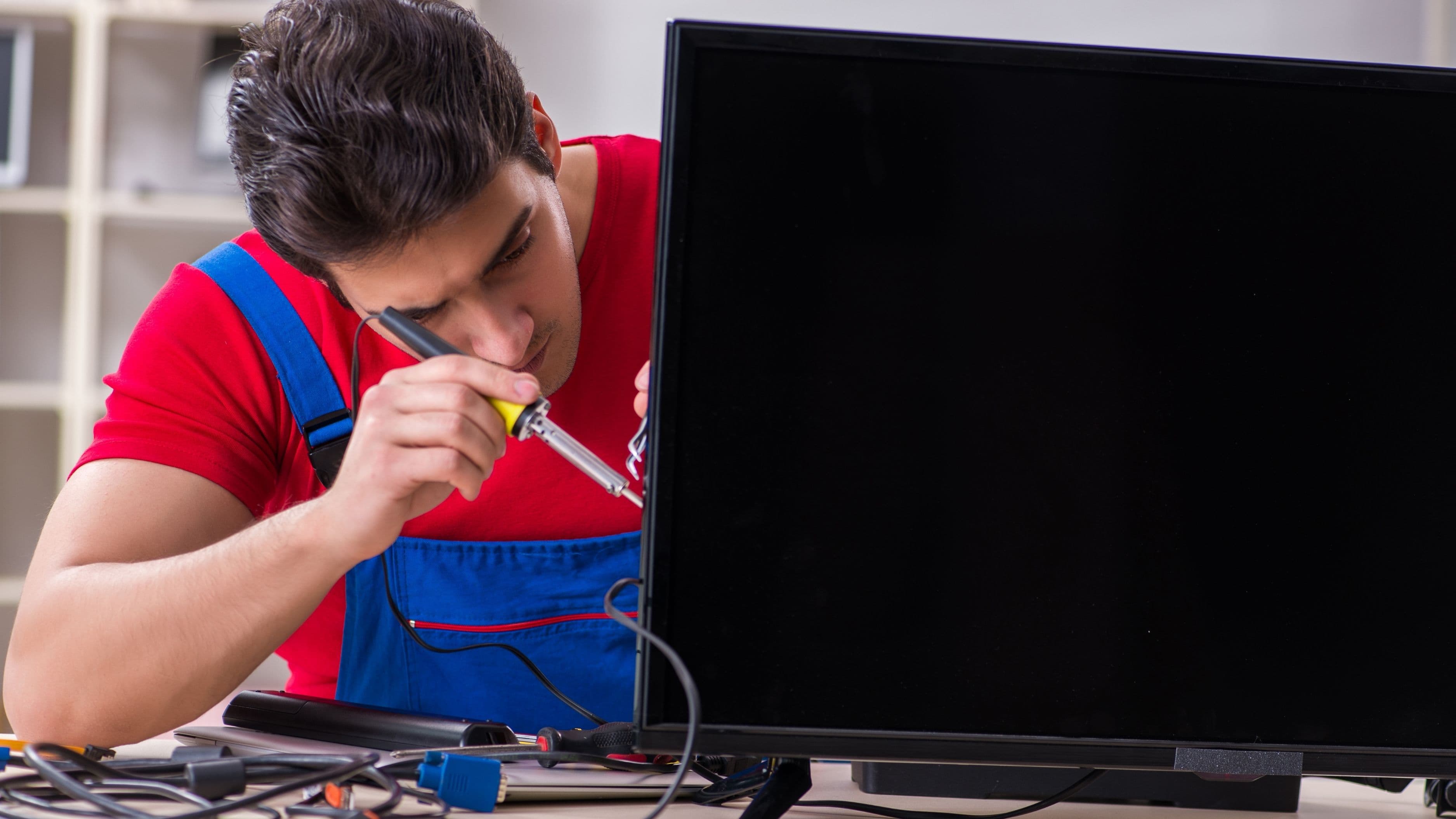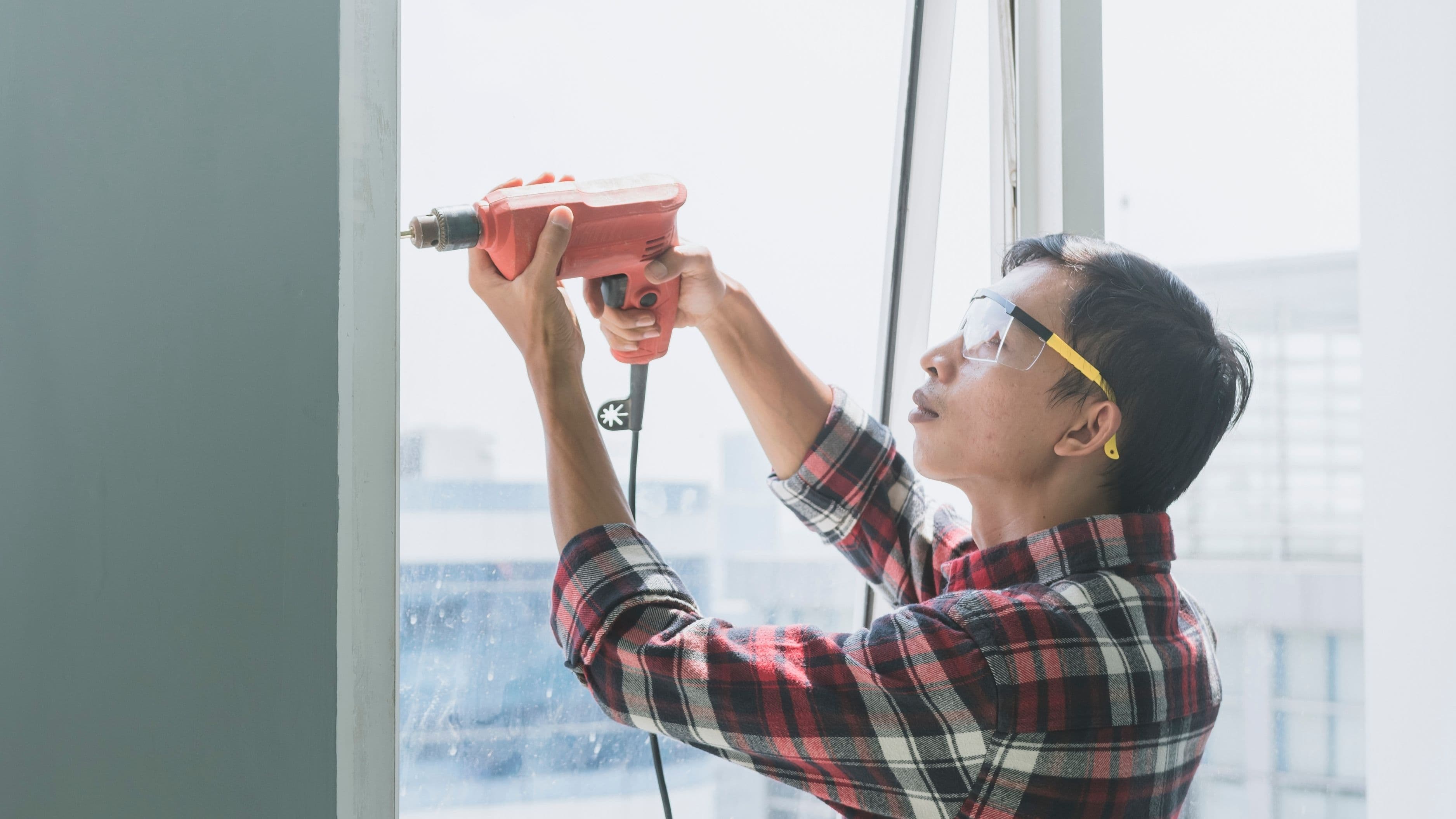You've been told to "just call a technician" whenever your TV acts up or your speakers buzz. But that advice might be costing you hundreds of dollars for fixes you could handle yourself in under ten minutes.
Jason Miller | September 16, 2025

You've been told to "just call a technician" whenever your TV acts up or your speakers buzz. But that advice might be costing you hundreds of dollars for fixes you could handle yourself in under ten minutes.
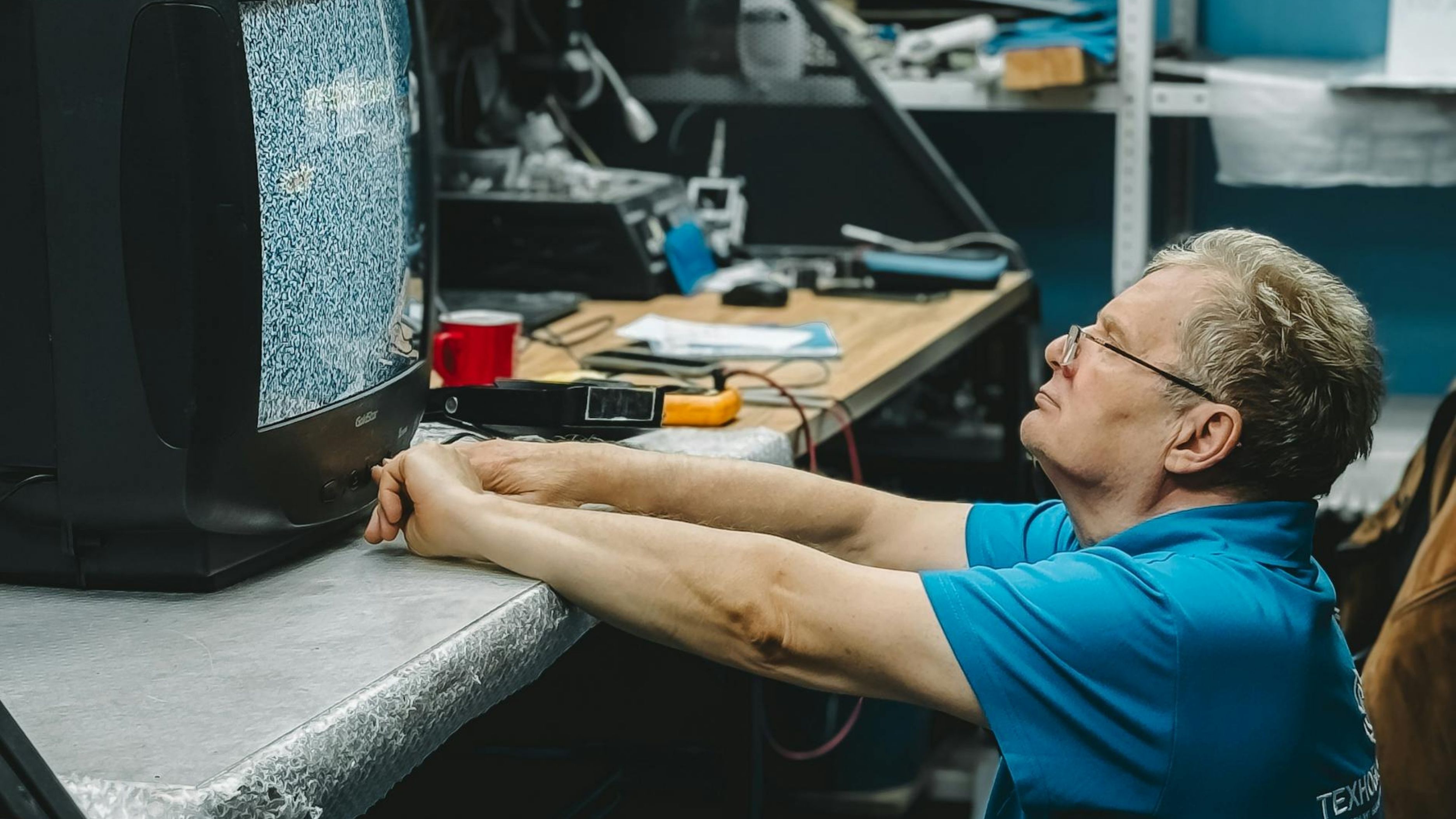
You've been told to "just call a technician" whenever your TV acts up or your speakers buzz. But that advice might be costing you hundreds of dollars for fixes you could handle yourself in under ten minutes.
Most home entertainment problems stem from simple connection issues, outdated settings, or minor component failures that don't require professional intervention. The truth is, manufacturers and repair services benefit when you believe these systems are too complex to troubleshoot on your own. Yet with a basic understanding of how your devices communicate and a willingness to check a few cables, you can resolve the majority of issues without spending a dime.
This guide cuts through the technical jargon to give you straightforward solutions for the most common entertainment system headaches. You'll discover which problems are actually quick fixes in disguise and which ones genuinely warrant professional help. Let's break down the myths keeping you from enjoying seamless movie nights and transform you into your household's go-to tech problem solver.
When your screen goes black, panic sets in. You immediately calculate the cost of a new television and wonder if this means canceling your weekend streaming marathon. Take a breath—the vast majority of "no picture" scenarios have nothing to do with a broken TV.
Start by checking every cable connection at both ends, paying special attention to HDMI cables that may have worked loose. These cables don't always click into place as securely as they should, and pets, kids, or even vibrations from a nearby subwoofer can jostle them free over time. Press firmly on each connection point and ensure you're on the correct input source by cycling through all available options using your TV remote.
If you still see darkness, try the power cycle method that technicians use first thing during service calls. Unplug your TV from the wall, wait a full sixty seconds to allow capacitors to drain completely, then plug it back in. This simple reset resolves temporary glitches in the TV's processor that can freeze the display while leaving the power light active. For persistent issues, test your HDMI cable with another device—these cables fail more often than people realize, and a replacement costs under fifteen dollars compared to an unnecessary service call.
That annoying hum or buzz coming from your speakers sounds expensive. You imagine blown components and costly repairs, but in reality, you're hearing electromagnetic interference that's completely fixable without touching the speakers themselves.
Ground loop interference occurs when multiple devices in your entertainment system connect to different electrical outlets, creating multiple paths to ground that generate a low-frequency hum. This becomes especially noticeable with powered speakers or soundbars connected to cable boxes, game consoles, and TVs simultaneously. The buzzing intensifies when you add more components because you're essentially creating an unintended antenna that picks up electrical noise from your home's wiring.
Solve this by plugging every component of your entertainment system into a single power strip or surge protector, eliminating the multiple ground paths causing interference. If the buzz persists, purchase a ground loop isolator for under twenty dollars—these small devices install between your audio source and speakers to break the problematic electrical path. You can also try ferrite cores, those cylindrical bumps you see on some cables, which clip onto your audio cables to suppress high-frequency interference. These solutions take five minutes to implement and cost a fraction of what you'd pay for new speakers that would have the exact same problem.
Buffering during crucial plot points makes you question your internet plan. Service providers are happy to upsell you to a more expensive tier, but your current speed is probably sufficient if you optimize what you already have.
Most streaming services require only 25 Mbps for 4K content, yet people with 100+ Mbps connections still experience stuttering and quality drops. The issue typically lies in Wi-Fi signal degradation rather than raw bandwidth. Your router's signal weakens dramatically when passing through walls, metal objects, and even large aquariums or mirrors. Every obstacle between your router and streaming device forces the signal to slow down to maintain connection stability, resulting in the buffering you're experiencing.
Relocate your router to a central, elevated position away from other electronics that emit electromagnetic interference, like microwaves and cordless phones. If your entertainment center sits far from the router, invest in a Wi-Fi extender or powerline adapter—devices that use your home's electrical wiring to create a wired connection to distant rooms. Update your router's firmware through its admin interface, a process that takes minutes but can dramatically improve performance with bug fixes and optimization. Finally, access your router settings and switch to the 5GHz band if available, which offers faster speeds over shorter distances, perfect for dedicated streaming setups. These adjustments deliver the speed you're already paying for without the monthly price increase.
Your remote stops responding and you head to the store for a replacement. But that thirty-dollar universal remote might be unnecessary when the original just needs attention.
Remote controls fail for surprisingly mundane reasons that have nothing to do with broken circuitry. Battery corrosion creates a barrier between contacts, button pads accumulate sticky residue from snacks and drinks that blocks the conductive membrane, and sometimes the remote simply loses its pairing with the device. These issues manifest identically to a broken remote, making people assume the worst when the solution involves cotton swabs and isopropyl alcohol.
Remove the batteries and inspect the compartment for any white or green crusty buildup, which you can gently scrape away with a toothpick before wiping clean with alcohol. Pop open the remote casing—usually held together by screws hidden under the battery sticker—and clean the rubber button pad and circuit board contacts with alcohol on a cotton swab, letting everything dry completely before reassembly. For remotes that use infrared, check if the LED at the tip lights up when pressing buttons by viewing it through your smartphone camera, which can see infrared light invisible to human eyes. If you see the light, the remote works fine and you need to clean the TV's infrared receiver instead. For Bluetooth remotes, hold the pairing button for ten seconds to reset the connection. This systematic approach resurrects most "dead" remotes and saves you from learning a new button layout on an inferior replacement.
Watching dialogue that doesn't match mouth movements drives you to distraction. This desynchronization seems like a complex technical problem requiring expensive equipment or an expert's touch, but it's actually one of the easiest issues to resolve yourself.
Audio lag happens because your TV processes video and audio at different speeds, especially when routing sound through external speakers or soundbars. Modern TVs apply significant processing to the picture—upscaling, motion smoothing, HDR tone mapping—that delays the image by milliseconds. Your soundbar or receiver, meanwhile, pushes audio out almost instantly, creating the mismatch where voices arrive before lips move or vice versa.
Navigate to your TV's audio settings menu and look for options labeled "Audio Delay," "Lip Sync," or "AV Sync"—every manufacturer uses different terminology but the function is identical. Start by adding a 50-millisecond delay to your audio output and adjust in 25-millisecond increments while playing a video with clear dialogue until voices perfectly align with mouth movements. Many soundbars also include this adjustment in their settings, giving you two places to fine-tune synchronization. Some systems even offer automatic calibration that uses test tones to measure and correct the delay, though manual adjustment gives you more precise control. Once set, you rarely need to adjust this again unless you add new components to your setup. This five-minute fix eliminates one of the most frustrating viewing experiences without requiring technical knowledge or tools.
Your devices refuse to talk to each other despite being properly connected. The screen shows "no signal" even though everything powers on, leading you to suspect a faulty HDMI port or damaged cable when the real issue is a failed digital handshake.
HDMI devices must establish a secure connection that verifies copy protection and compatible formats before transmitting content—this negotiation sometimes fails when devices power on in the wrong sequence or one device updates its firmware. The TV, receiver, and source device each wait for specific signals from the others, and if those signals arrive out of order or get interrupted, the system locks up in a state where nothing works despite all components being functional.
Power down every device in your entertainment system completely—don't use standby mode, actually unplug them from the wall or switch off the power strip. Wait thirty seconds to ensure all residual power dissipates and previous handshake data clears from memory. Power on your devices in sequence, starting with the TV, then the receiver or soundbar, and finally your source devices like cable boxes or game consoles. This establishes the handshake protocol in the correct order, allowing each device to properly identify and authenticate with the next in the chain. For stubborn cases, disable HDMI-CEC (which goes by different names: Anynet+, Simplink, Bravia Sync) in each device's settings to eliminate automatic control features that can interfere with basic signal transmission. These power cycling techniques resolve the vast majority of HDMI communication errors without requiring any hardware changes or professional service calls that would cost you time and money for what amounts to a reboot.
Stop accepting that home entertainment systems are mysterious black boxes only experts can understand. The repair industry thrives on your uncertainty, charging premium rates for fixes you can implement yourself with confidence and basic supplies you already own.
Most entertainment system problems trace back to connections, settings, or simple resets—not failed components requiring replacement. By approaching issues systematically and understanding the basic communication between your devices, you transform from helpless consumer to capable problem-solver. Keep a small toolkit with isopropyl alcohol, cotton swabs, and a spare HDMI cable, and you're equipped to handle the majority of issues that arise.
The next time something goes wrong, resist the urge to immediately call for help or shop for replacements. Invest ten minutes in methodical troubleshooting instead, checking cables, adjusting settings, and trying strategic power cycles. You'll save hundreds of dollars annually while gaining the satisfaction of solving problems independently and keeping your entertainment system running smoothly for years to come without relying on anyone else to enjoy your favorite shows and movies.
1. Consumer Technology Association. (2023). "Home Entertainment System Maintenance and Troubleshooting Guide." CTA Technical Standards.
2. Federal Communications Commission. (2024). "Broadband Speed Guide: Recommendations for Streaming Services."
3. Society of Cable Telecommunications Engineers. (2023). "HDMI Handshake Protocol and Common Connection Failures."
